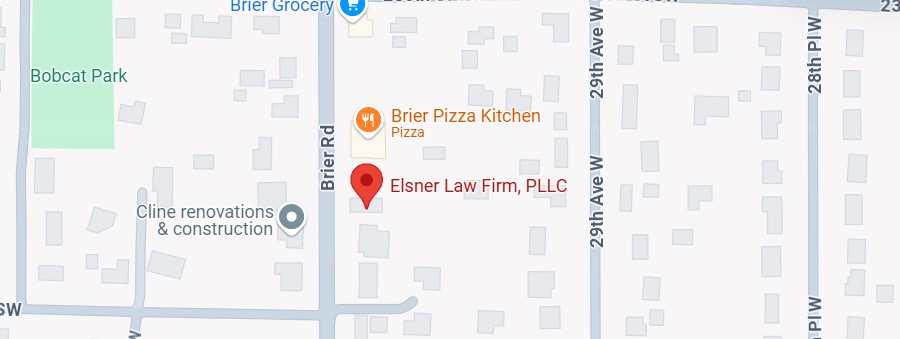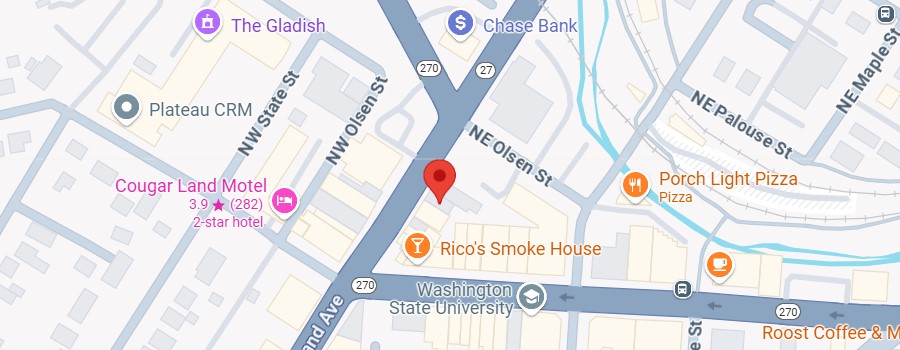Left turns are a common yet often underestimated driving maneuver that can lead to significant road accidents. Left hand turns are a frequent cause of accidents, responsible for a disproportionate number of collisions at intersections. With around 23% of all intersection-related crashes involving left turns, understanding how to navigate these situations is crucial for every driver’s safety. A left turn car accident can result in severe injuries, and left turn crashes are known for their high risk and potential for deadly outcomes. The risks associated with making a left hand turn are highlighted by accident statistics and underscore the importance of caution and adherence to traffic laws.
Introduction to Safe Driving
Safe driving is the foundation of preventing left turn accidents and ensuring everyone’s safety on the road. Left turns, while routine, are one of the most hazardous maneuvers drivers make, often leading to serious injuries or even fatalities when things go wrong. Many left turn accidents happen because drivers fail to yield to oncoming traffic, misjudge the speed or distance of oncoming vehicles, or ignore traffic laws such as running a red light. By staying alert, following all traffic laws, and being mindful of oncoming vehicles, drivers can greatly reduce the risk of a left turn accident. Remember, a moment’s caution can make all the difference in avoiding a turn accident and keeping yourself and others safe from preventable accidents.
Understanding Left Turns
A left turn involves changing direction to the left across lanes of oncoming traffic, a maneuver commonly referred to as turning left, which inherently increases the risk of collisions if not executed carefully. In the U.S., practices around left turns can vary—some areas prohibit drivers from attempting to turn left on red lights, while others have protected left turns that only allow the maneuver on a green arrow after a full stop and a careful assessment of traffic conditions. When making a turn left at an intersection, the driver turning left must yield the right of way to vehicles coming from the opposite direction to avoid collisions. The driver turning or driver turning left must be aware of their responsibilities at intersections, as failure to yield can result in liability for any resulting accident. Traffic signals, including green lights and green arrows, regulate how traffic moving through intersections should proceed; a green arrow specifically allows a left turn without yielding to oncoming traffic, while a solid green light requires yielding. This variation in rules aims to minimize accidents and improve road safety, emphasizing the need for drivers to be fully aware of local traffic laws.
Strategies to Prevent Left Turn Accidents
Preventing accidents during left turns requires proactive driving and strict adherence to safety practices:
- Exercise Caution: Always check mirrors and establish eye contact with other drivers. Reduce your speed and obey the speed limit as you approach the turn, ensuring you have enough time to stop if needed. Wait for a safe gap in oncoming traffic before making the turn to avoid conflicts with other vehicles.
- Follow Traffic Laws: Never attempt a left turn on a red light unless it’s explicitly allowed and safe to do so. Abiding by local traffic rules is fundamental in preventing collisions.
- Stay Alert: Keep distractions to a minimum. Distracted driving, such as texting or using your phone, significantly increases the risk of left turn accidents. Your full attention is required to navigate the complexities of an intersection, particularly when making a left turn.
Legal Considerations for Left Turn Accident Cases
Navigating a left turn accident case can be complicated, especially when it comes to determining who is at fault. In most situations, the driver making the left turn is presumed to be responsible for the turn accident, since they must yield to oncoming traffic. However, there are exceptions—if the oncoming driver was speeding, ran a red light, or violated other traffic laws, they may share some of the blame. To build a strong case, it’s essential to gather evidence such as witness statements, police reports, and traffic camera footage from the accident scene. Consulting with an experienced attorney can help you understand your rights, prove fault, and ensure you receive fair compensation for your injuries and damages after a left turn accident.
Dealing with Insurance Companies After a Left Turn Accident
After a left turn accident, dealing with insurance companies can be a daunting process. Insurance companies often try to minimize payouts or deny claims, especially in cases where fault is disputed. To protect your interests, it’s important to gather all relevant evidence, including witness statements, police reports, and medical records, to support your claim. An experienced attorney can guide you through the claims process, negotiate with insurance companies on your behalf, and help you avoid common pitfalls. Understanding your policy and being prepared with thorough documentation can make a significant difference in the outcome of your turn accident claim.
Understanding Comparative Negligence in Left Turn Collisions
Comparative negligence is a key factor in many left turn accident cases. This legal concept means that fault for the accident can be shared between the driver making the left turn and the oncoming driver, depending on their actions leading up to the collision. For example, if the left turning driver failed to yield but the oncoming driver was speeding, both may be found partially responsible. The percentage of fault assigned to each party will affect the amount of compensation awarded. Understanding how comparative negligence works is crucial for anyone involved in a left turn accident, as it can impact your ability to recover damages and win a left turn accident case.
Common Causes of Left Turn Accidents
Left turn accidents often occur due to the failure to yield to oncoming traffic, improper use of turn signals, or incorrect lane use. Understanding the events leading up to a left turn accident—such as the actions of each driver, traffic signal changes, and road conditions—is essential for clarifying how the collision occurred.
When vehicles collide during a left turn, the resulting left turn collision can cause a serious car crash or auto accident, often leading to significant injuries and property damage. After such an incident, documenting vehicle positions at the scene and utilizing traffic cameras can be critical for gathering evidence to support your case.
Accurate evidence is vital for determining fault, proving fault, and establishing fault in a left turn accident. This process involves showing whether the other driver was negligent or if you may be held liable, based on the circumstances and available proof.
Familiarizing yourself with the specific driving laws of your state, such as signal timings, can greatly reduce your risk of an accident. It’s crucial to remain vigilant and prepared to yield until it is absolutely safe to proceed.
What to Do If You’re Involved in a Left Turn Accident
If you find yourself in a left turn accident:
- Report the Accident: Always file a police report to document the incident.
- Seek Medical Attention: Even if you feel fine, some injuries become apparent only with time.
- Consult a Lawyer: Especially if there’s been a personal injury, speaking with a car accident attorney can help protect your rights and ensure you receive fair compensation for damages and injuries. Our team at Elsner Law Firm is here to guide you through this process with a free initial consultation.
Obtaining legal guidance and working with an experienced legal team can make a significant difference in navigating the aftermath of a left turn accident, especially when dealing with complex issues of fault and liability.
Left turns don’t have to be a daunting part of driving. By employing careful driving strategies and staying informed about the rules of the road, you can significantly decrease the likelihood of an accident. Remember, being a cautious and informed driver not only keeps you safe but also protects everyone on the road.
Stay safe out there, and don’t hesitate to reach out if you need help navigating the aftermath of a traffic accident. Here at Elsner Law Firm, we’re more than just your attorneys—we’re your dedicated partners in ensuring justice and safety on the roads. We serve clients with experience in california law and left turn accident cases. Call us today for your free consultation 206-447-1425.
Resources for Left Turn Accident Victims
If you’ve been involved in a left turn accident, there are resources available to help you through your recovery. Many law firms offer free initial consultations and work on a contingency fee basis, so you can seek legal representation without worrying about upfront costs. In addition to legal support, accident victims may be eligible for medical assistance, counseling, and financial aid to help cover medical expenses and lost wages. Online resources, support groups, and educational websites can also provide valuable information and guidance as you navigate the aftermath of a turn accident. Taking advantage of these resources can help you get the support and compensation you need to move forward.
Conclusion and Final Thoughts
Left turn accidents can have life-changing consequences, often resulting in serious injuries or even fatalities. By practicing safe driving habits, understanding the rules of the road, and exercising extra caution when making left turns, you can greatly reduce your risk of being involved in a left turn accident. If you do find yourself in a turn accident, it’s essential to gather evidence, know your rights, and seek legal representation to ensure you receive fair compensation for your injuries and damages. Remember, left turn accidents can happen to anyone—being prepared, informed, and proactive is the best way to protect yourself and others from the dangers of left turn accidents.






